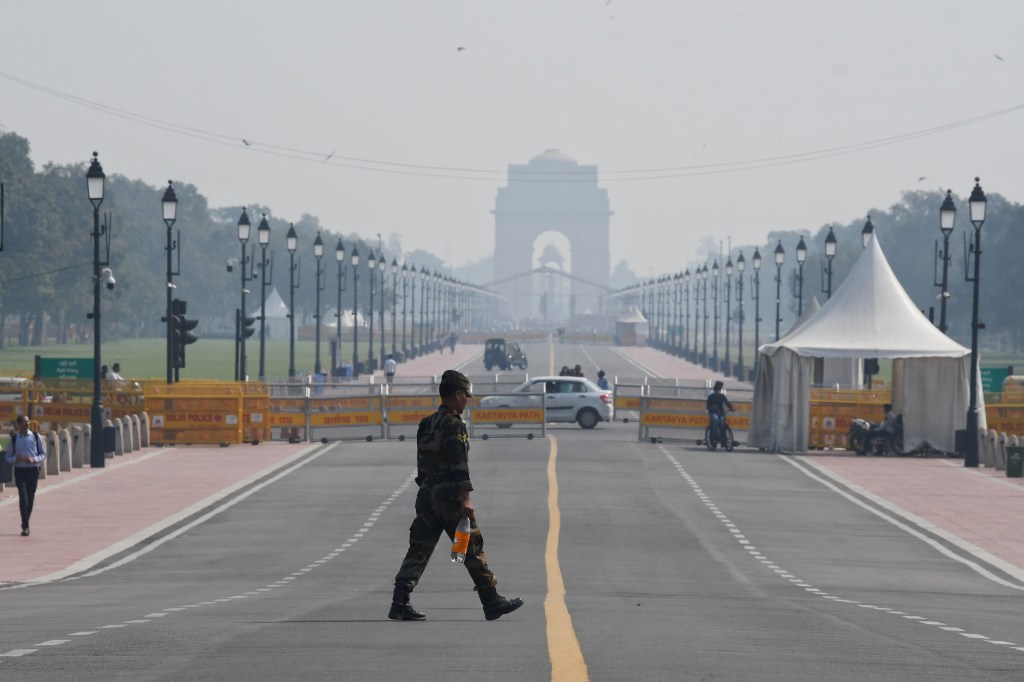Delhi Pollution News: The national capital experienced an improvement in air quality on Wednesday, with the Air Quality Index (AQI) upgrading to the ‘moderate’ range, according to data from the System of Air Quality and Weather Forecasting And Research (SAFAR).
The latest SAFAR data reveals that the overall AQI in Delhi stood at 190, classifying it as ‘moderate.’ In specific regions of the city, the AQI varied, with readings such as 273 in the Delhi University area, 128 in Pusa, 173 at IIT Delhi, 211 in the Airport vicinity, 152 on Mathura Road, and 149 on Lodhi Road. Neighbouring regions also witnessed an improvement, with Noida recording an AQI of 218 and Gurugram registering an AQI of 169.
Also Read: Smog shrouds Delhi as air quality dips to ‘very poor’ category, AQI at 306
This positive change comes after a recent period of ‘very poor’ air quality in the Delhi-NCR region, which was attributed to factors such as low temperatures, stagnant winds, and agricultural fires in neighbouring states, as reported by ANI.
Despite this improvement, the Decision Support System (DSS), responsible for tracking the sources of PM2.5 in Delhi, anticipates that the AQI may oscillate between ‘poor’ and ‘very poor’ until the end of the month, primarily due to prevailing meteorological conditions.
Also Read: Delhi’s air quality dips to ‘poor’, AQI jumps from 173 to 266 in a week
Meanwhile, the India Meteorological Department (IMD) reported a minimum temperature of 16 degrees Celsius on Wednesday morning, with daytime temperatures expected to reach around 31 degrees Celsius.
Delhi recently witnessed its lowest temperature of the season, hitting 15.6 degrees Celsius last Sunday.
In response to the ongoing air quality concerns, the second phase of the Graded Response Action Plan (GRAP) has been activated in the national capital.
Gopal Rai, Delhi’s Environment Minister, expressed the significance of the upcoming two weeks, especially with the convergence of Dussehra, Diwali, and ongoing farm fires.
Rai stated, “While we can’t control the weather, we can manage the sources of pollution to minimize their impact on public health.”
The Delhi government has identified eight new pollution hotspots within the city, including Shadipur, ITO, Mandir Marg, Nehru Nagar, Patparganj, Sonia Vihar, Major Dhyan Chand National Stadium, and Moti Bagh.
Plans are in motion to address these hotspots, with dedicated teams assigned to monitor and mitigate pollution sources. At present, there are a total of 21 pollution hotspots in Delhi.
(With inputs from ANI)


